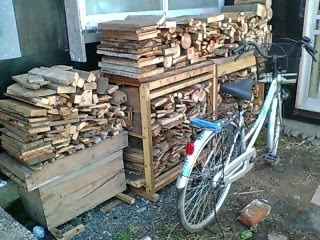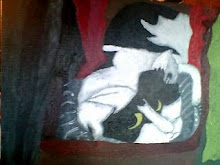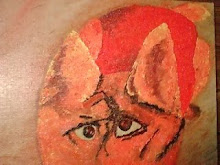
















 During one of the uprisings of Southern Japan, a group of rebels aquired a ship and sailed off to Matsumae. They planned to secede from Japan and make their own Republic on the island that is now Hokkaido: they called it Ezo.
During one of the uprisings of Southern Japan, a group of rebels aquired a ship and sailed off to Matsumae. They planned to secede from Japan and make their own Republic on the island that is now Hokkaido: they called it Ezo.They built a castle there in Matsumae, up on the hill. But the castle was built to defend itself against swords and arrows, not cannons and guns. The Imperial Forces sailed boldly up after them to teach them a lesson, and the rebels were quickly defeated. I guess one could say that it was an early consequence of a failure to upgrade.
Eventually they moved to Hakodate. They were defeated there, too - their mothers' tears rained that year. There is a replica of that castle on the hill at Matsumae. It is built from concrete and glass, instead of paper and rock. I hear it contains a fine collection of seashells. Before this story, though, was an older story. Another story came after it, too.






.jpg)
.jpg)






